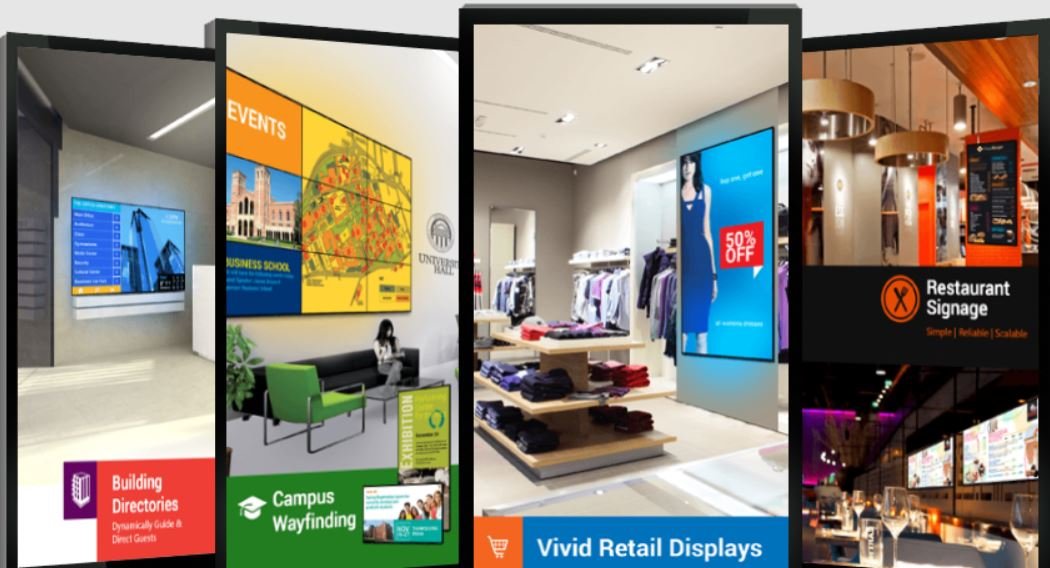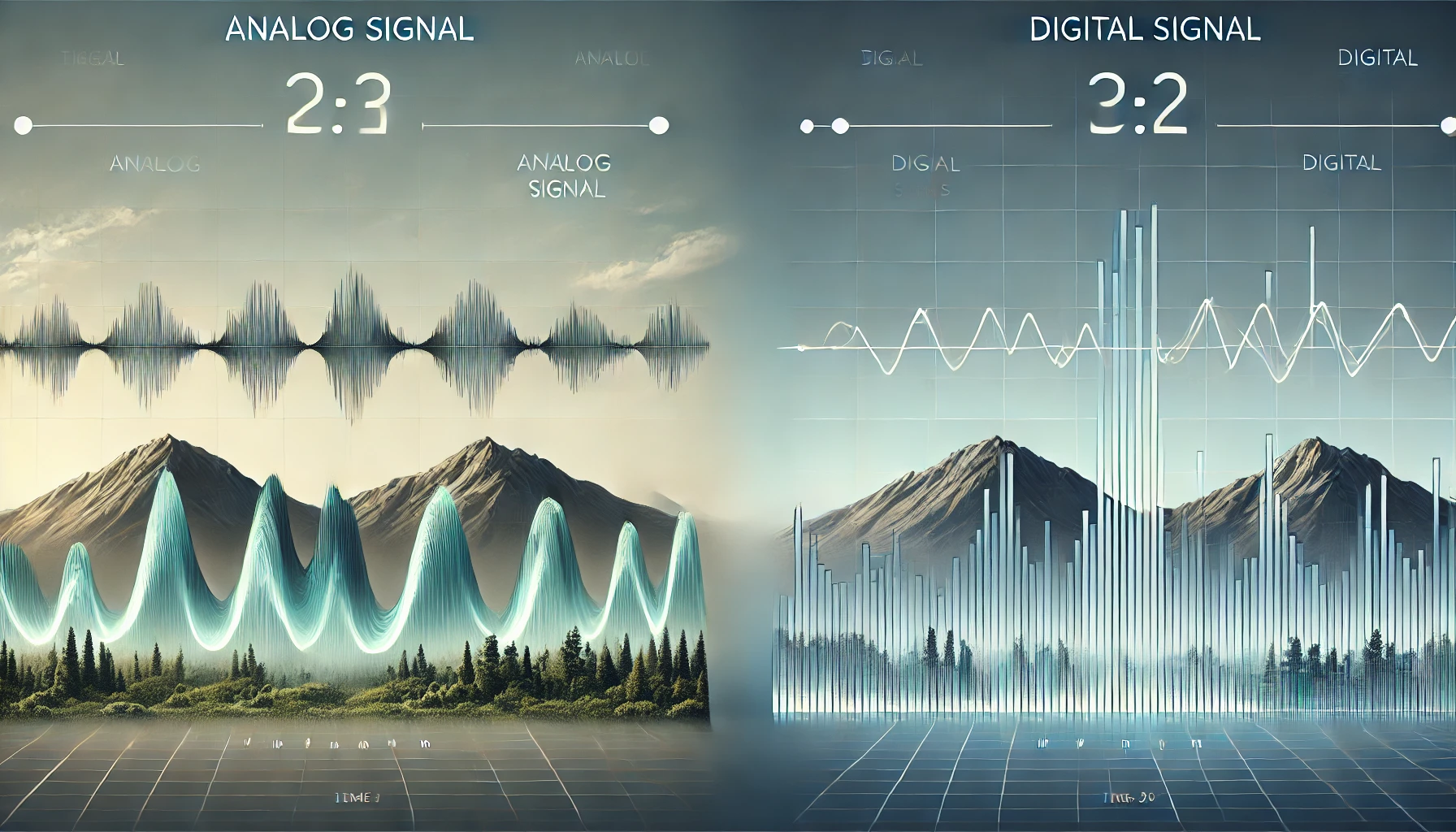Digital signage has rapidly transformed how businesses, institutions, and public spaces communicate with audiences. It leverages cutting-edge display technologies, software solutions, and hardware systems to deliver dynamic content, enhance customer engagement, and streamline information distribution. This article dives deep into the core technologies and innovations that power digital signage and highlights the ways it creates seamless interaction between businesses and consumers.
What is Digital Signage?
Digital signage refers to electronically controlled displays used to showcase multimedia content, advertisements, or information in public or commercial environments. The digital displays, ranging from LED screens to interactive touch panels, have grown in popularity across retail stores, corporate offices, healthcare centers, education hubs, and transportation terminals.
The fundamental benefit of digital signage lies in its ability to dynamically update content in real time, catering to the needs of specific audiences, promotions, or events. Unlike traditional printed signs, digital screens are flexible and visually engaging, allowing businesses to experiment with various forms of communication.
Key Components of Digital Signage Systems
1. Digital Display Panels
At the heart of every digital signage setup is the display itself. Depending on the location and intended use, businesses may opt for:
- LCD Displays: Common in retail and indoor environments due to affordability and image clarity.
- LED Screens: Known for energy efficiency and high brightness, making them ideal for outdoor use.
- OLED Displays: Offer superior contrast and ultra-thin profiles for luxury applications.
- Projection Systems: Used for large-scale signage, like video walls at events or in arenas.
Each type of panel serves a unique purpose based on resolution needs, viewing angles, and environmental conditions.
2. Content Management Systems (CMS)
The CMS is the backbone of content delivery in digital signage networks. It allows businesses to manage, schedule, and customize multimedia content remotely. A well-optimized CMS ensures that:
- Multiple displays can be controlled centrally.
- Content is updated automatically according to pre-defined schedules or events.
- Media such as images, videos, text, and live feeds are supported across platforms.
Modern CMS solutions often integrate with cloud-based services, ensuring real-time changes to campaigns and remote troubleshooting.
Connectivity and Network Infrastructure
Reliable network connectivity is critical for seamless digital signage operations. Displays are typically connected via:
- Wi-Fi for flexibility in installation.
- Ethernet networks for uninterrupted data transfer.
- 4G/5G cellular networks in remote or outdoor locations where conventional networks are unavailable.
The increasing adoption of Internet of Things (IoT) technologies in signage enables remote monitoring and diagnostics, improving uptime and reducing maintenance costs. Connectivity also plays a vital role in delivering personalized content based on real-time data, such as customer demographics or environmental factors.
Interactive Technologies in Digital Signage
The integration of touchscreens, sensors, and AI-driven software has elevated digital signage from static displays to interactive platforms. These technologies include:
- Touchscreen Interfaces: Common in kiosks, retail POS systems, and wayfinding solutions.
- Motion Sensors and AI Cameras: Detect customer behavior, helping businesses tailor content based on audience engagement.
- QR Codes and NFC Technology: Facilitate contactless interaction, allowing customers to engage with signage via mobile devices.
- Voice Recognition Systems: Introduced in smart retail displays to enhance customer assistance.
This level of interactivity helps businesses boost engagement and measure the effectiveness of their campaigns with actionable analytics.
Software Solutions: Beyond Display Management
Modern signage solutions offer more than content delivery; they integrate with external applications and data streams for contextual relevance. Examples include:
- Weather and News Feeds: Displaying real-time updates to audiences.
- Social Media Integration: Featuring user-generated content to enhance brand interaction.
- POS Systems and Inventory Feeds: Enabling targeted promotions based on stock levels or seasonal trends.
Many software platforms now provide data analytics tools, offering insights into user engagement and helping businesses optimize content strategies.
Hardware Innovations Enhancing Digital Signage Performance
Media Players and Controllers
A reliable media player ensures smooth playback of high-resolution content. These devices are either embedded within the display or function as standalone units connected to displays. Advances in edge computing now allow media players to process content locally, reducing latency and improving performance in high-traffic environments.
Mounting Solutions and Enclosures
Specialized mounts and enclosures are essential for outdoor installations, protecting displays from harsh weather, dust, or vandalism. Temperature control systems, such as fans and heat-resistant casings, maintain optimal screen performance even in extreme conditions.
The Role of AI and Machine Learning in Digital Signage
AI and machine learning algorithms are revolutionizing how digital signage operates. Through data collection and predictive analysis, these technologies help:
- Optimize content scheduling based on audience behavior.
- Adjust display settings automatically based on external factors like ambient light or foot traffic.
- Personalize advertising campaigns in real time by analyzing customer preferences.
AI-enhanced signage delivers tailored user experiences and reduces operational costs by automating routine tasks.
Emerging Trends in Digital Signage Technology
- Augmented Reality (AR) Displays: Creating immersive experiences for users.
- 3D Holographic Displays: Capturing attention through lifelike visuals without requiring glasses.
- Sustainable Digital Signage: Using solar-powered screens and recyclable materials to reduce environmental impact.
Businesses adopting these emerging trends position themselves as innovative and eco-conscious, appealing to modern customers.
Conclusion
Digital signage has evolved into a powerful communication tool, combining advanced hardware, interactive software, and AI-driven analytics. It offers businesses and institutions the ability to engage audiences more effectively by delivering personalized, dynamic content. With continuous innovations in connectivity, sustainability, and user interaction, digital signage will remain a critical asset for organizations looking to enhance their marketing efforts and streamline information dissemination.












